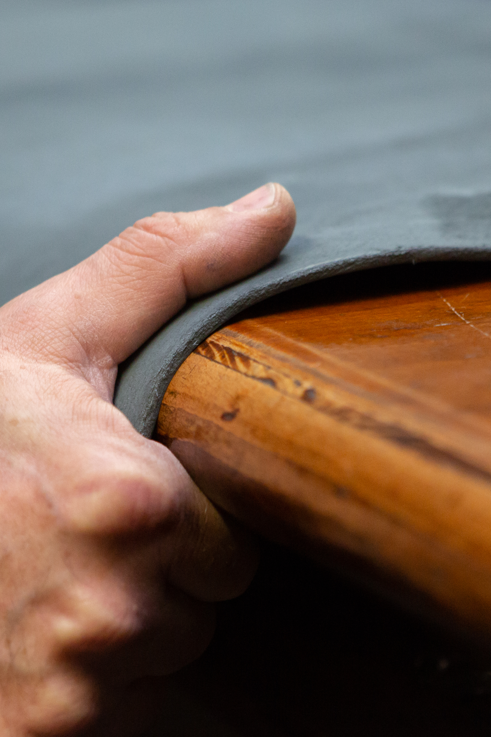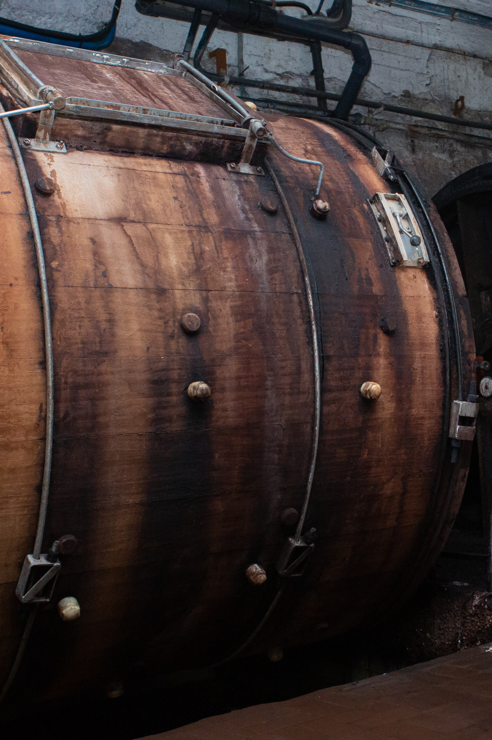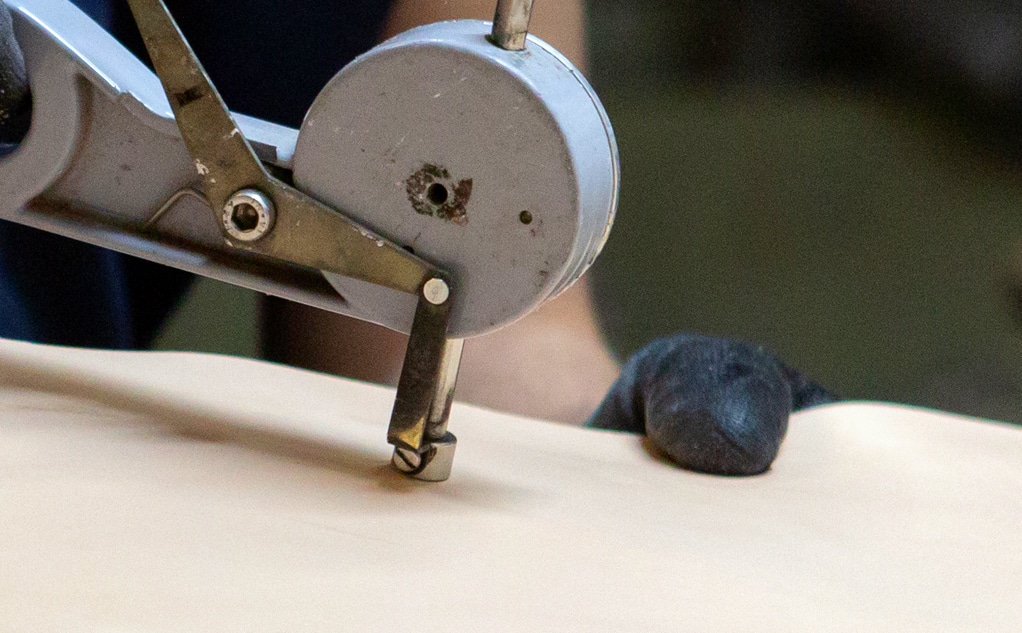Original content by: Lederpiel
On May 16, the social partners of the European leather industry, the Cotance employers’ association and the IndustriAll-Europe syndicate, held the final conference of the Green Deal Leather project in Brussels (Belgium) after two years of work. The event attracted around a hundred attendees and marked the end of a project in which the national tanning associations of Spain (Acexpiel), Portugal (APIC), France (FFTM), Hungary (MKZS), Italy (UNIC), Germany (VDL) and Austria (FVTBSL).
The main goal of the project was to know with primary data the real situation of the leather industry in aspects so relevant to advancing the circular economy such as safety in the workplace within tanneries and the carbon footprint of leather generated by the tanning activity. In this sense, during the introduction of the conference, Gustavo González-Quijano, general secretary of Cotance, commented on some of the main conclusions of the project’s research. In relation to work accidents, González-Quijano pointed out that these decreased by 16% in two years in the countries participating in the study (Italy, Spain, France, Germany, Portugal, Hungary and Austria); that is, from 1,317 accidents in 2019 to 1,102 in 2021. It should be noted that 15% of occupational accidents in the European tanning sector occur in itinere (on the way to or from work) and that more than 90% of recorded accidents are classified as «minor» in severity. Regarding the carbon footprint of leather, the results of the studies indicated that the average emissions are 8 kg of CO2 per square meter of bovine leather produced. In this sense, the majority of the carbon footprint is produced by the chemicals used in the tanning process.
You can access the original post HERE
















